For more exclusive interviews, stayed tuned to our magazine!
Interview with Moha Fedal, owner and head chef at Dar Moha Marrakech
22 Dec. 2022
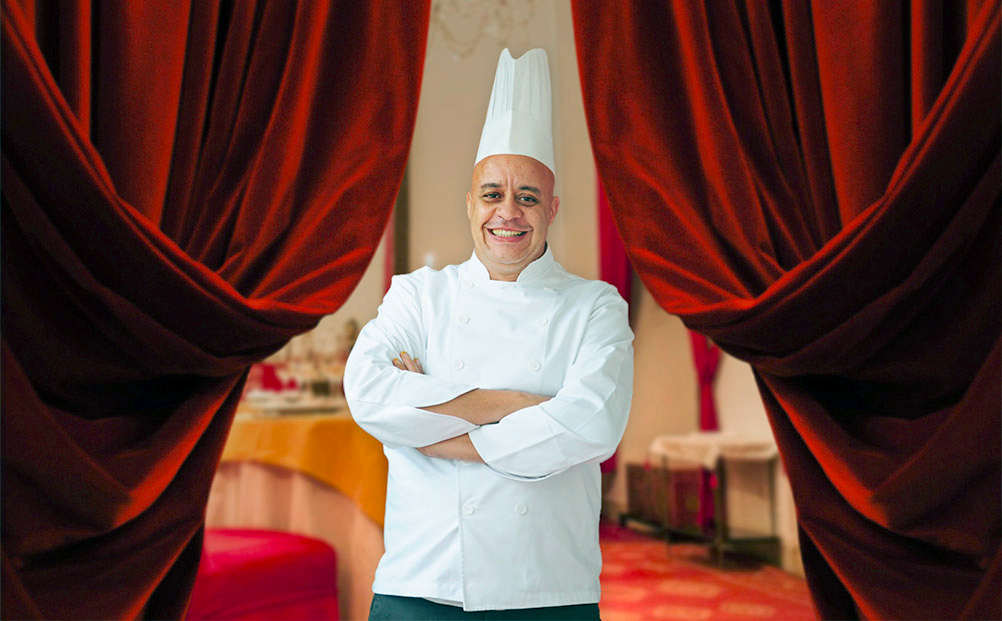
22 Dec. 2022

Sporting his iconic trilby hat and a big smile on his face, chef Moha Fedal fills every room he walks in with an incredible amount of joy and love. These are the two ingredients that he also infuses into each one of his recipes, which have earned him a star of Moroccan gastronomy!
With more than 15 years of professional experience in Switzerland under his belt and having graduated from the prestigious École Hôtelière de Genève, chef Moha returned to his home country to pay homage to the traditions and recipes that had made him fall in love with good food in the first place.
Bringing his own unique twists to the age-old recipes (which have been passed down to him through generations, from his mother, his aunts, his cousins, and even an ex-chef from the iconic La Mamounia), today chef Moha is the owner and head chef at Dar Moha in Marrakech as well as a few international addresses across Madrid and Paris.
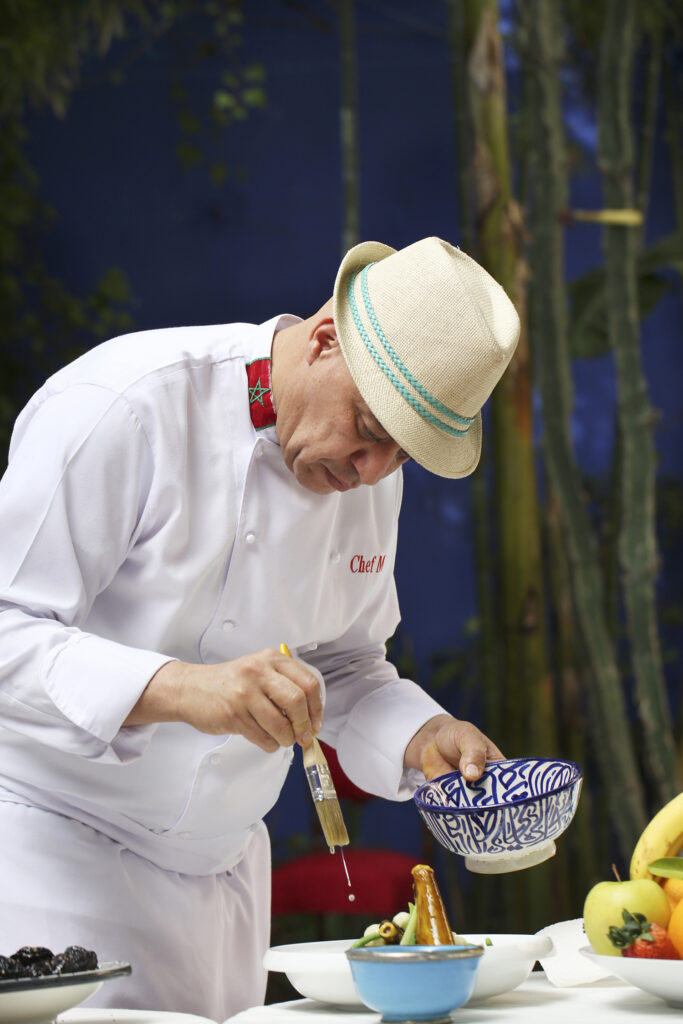
Moha Fedal: My name is Moha Fedal. I was born and raised in Marrakech but, after high school, I left the city to attend an “école hôtelière”. I am the owner and head chef of a restaurant in Marrakech called Dar Moha, and a few other establishments abroad.
Moha Fedal: I have met many people, throughout my journey. And Marrakech has also always been a tourist city, where one can come across a lot of people: the rich, the poor, the French, the Americans…it’s a multicultural city, and that has helped me broaden my perspectives. Before I wanted to be a chef, I wanted to be a hotelier. My dream, after completing high school, was to discover the outside world and not stay in Morocco. And the best way to do that was to study abroad, and I wanted to work in the hotel industry.
Why that, specifically? You see, when I was little, I would walk by La Mamounia and the guards, who were at the gate would ask us to cross the road. This always intrigued me. I wanted to see the luxury, the beauty of the place.
But when I went to the École Hôtelière de Genève, I discovered that I had a penchant for cooking. We worked in the restaurant of the school itself, and I daresay, I realized I had a gift for it. The chef would often say to me “I’m happy because when I give you a job, you do it well”. It did take me long to join the kitchen brigade permanently.
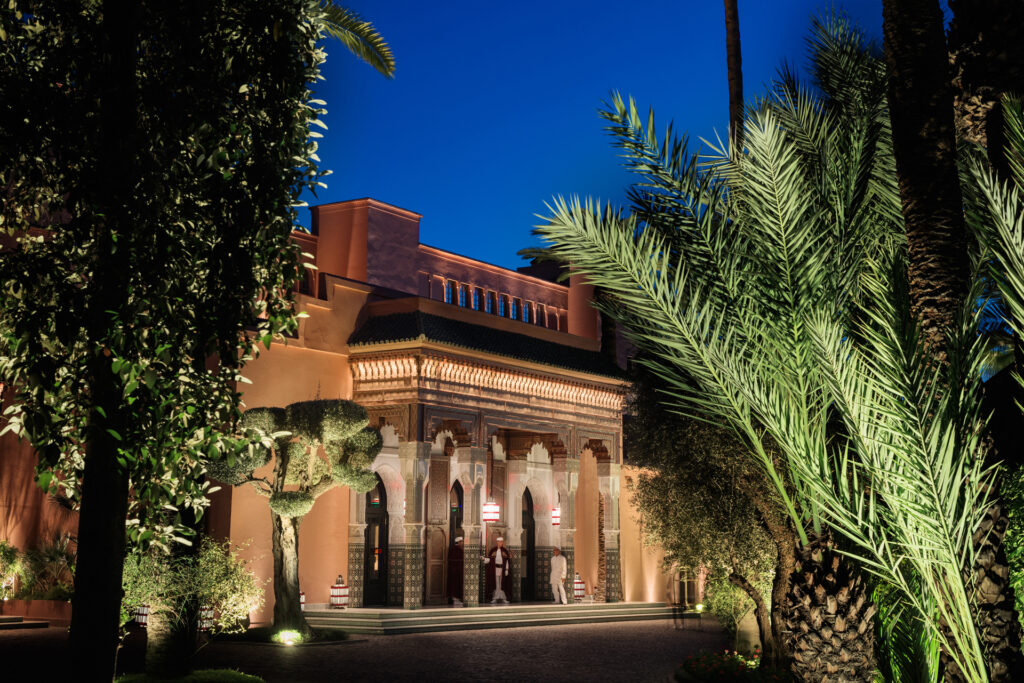
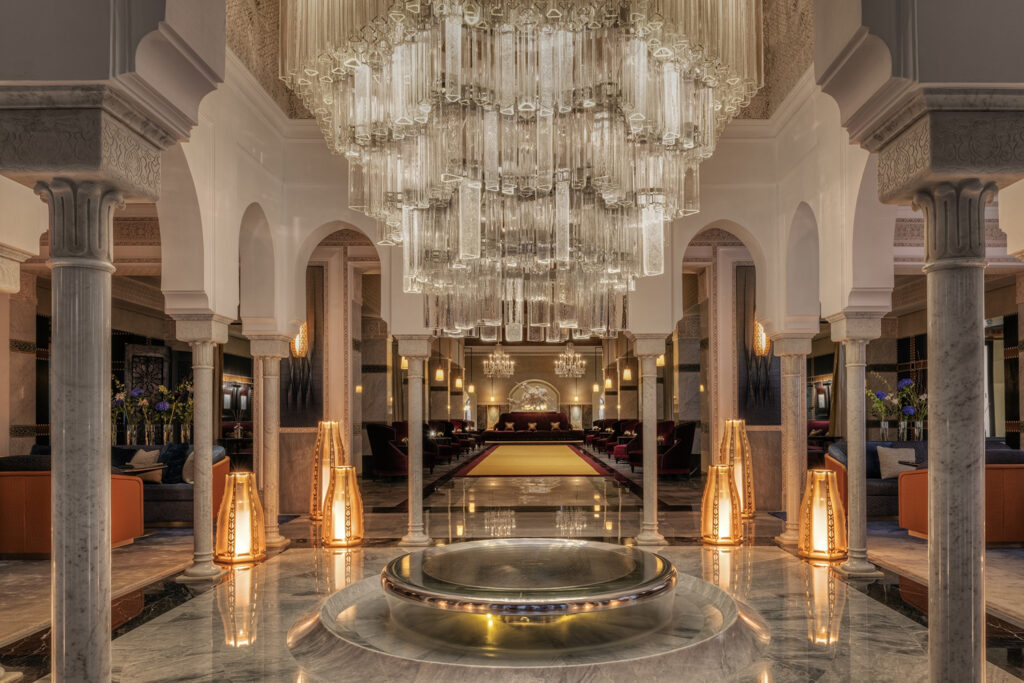
Moha Fedal: I was born here and my family lives here. I left the city when I was young and when I bought the Riad where Dar Moha is now, I gave myself 2 years to rediscover my country and to get the restaurant going. I hit pause on my life in Switzerland, and came back to start this new adventure.
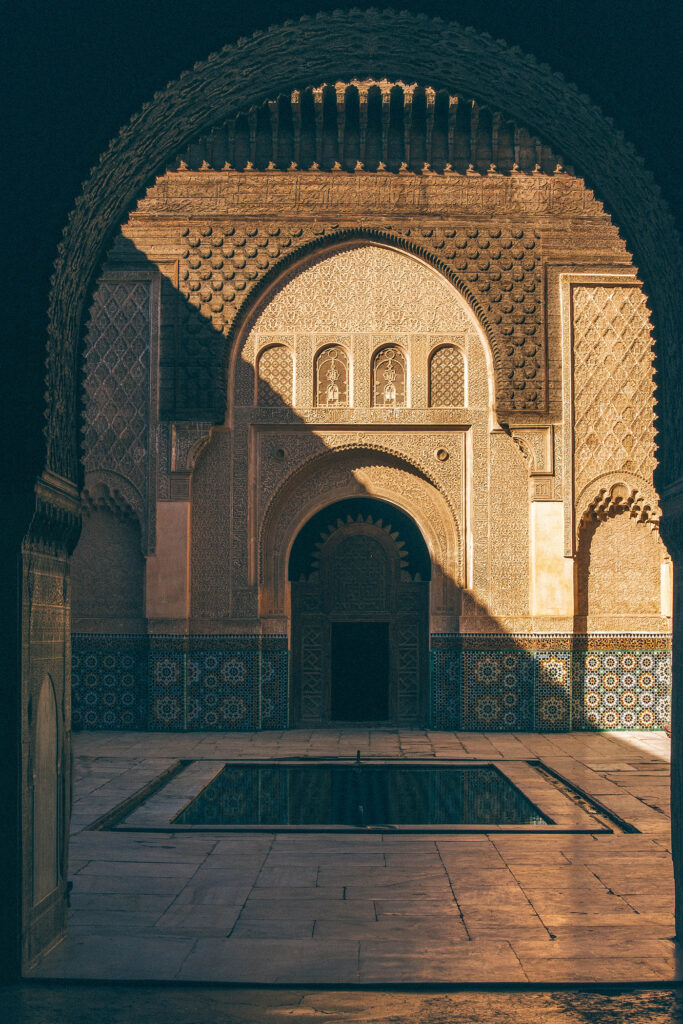
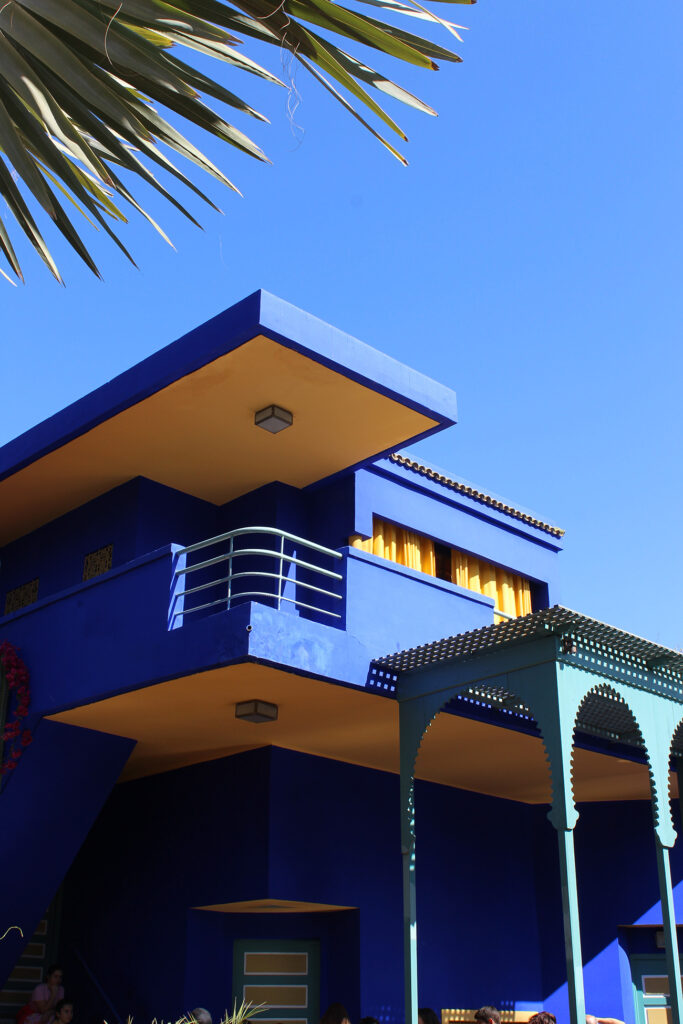
When chef Moha returned to Morocco, after his many years spent honing his skills in Switzerland, he set his eyes on a stunning location that was once the residence of Haj Idder, chamberlain of Pasha Glaoul, once the most powerful man in all the Kingdom. Years later, the Riad would be acquired by couturier Pierre Balmain, who left his own sense of elegance and aesthetic on the riad.
In September 1998, chef Moha would finally invite the world to step into his restaurant, Dar Moha, and experience, for the first time, the revolutionary cuisine that would put Marrakech on the map as a gastronomy hub. Within the sumptuous Riad – decorated in the traditional opulent style of Morocco, guests can sit down around the mosaicked-pool, surrounded by exotic trees and plants or inside underneath the chandeliers, to degust the chef’s menu.
Moha Fedal: When I entered the Riad, it was love at first sight. I’ve worked to have it, and I left it as it was. It is truly an 18th century palace.
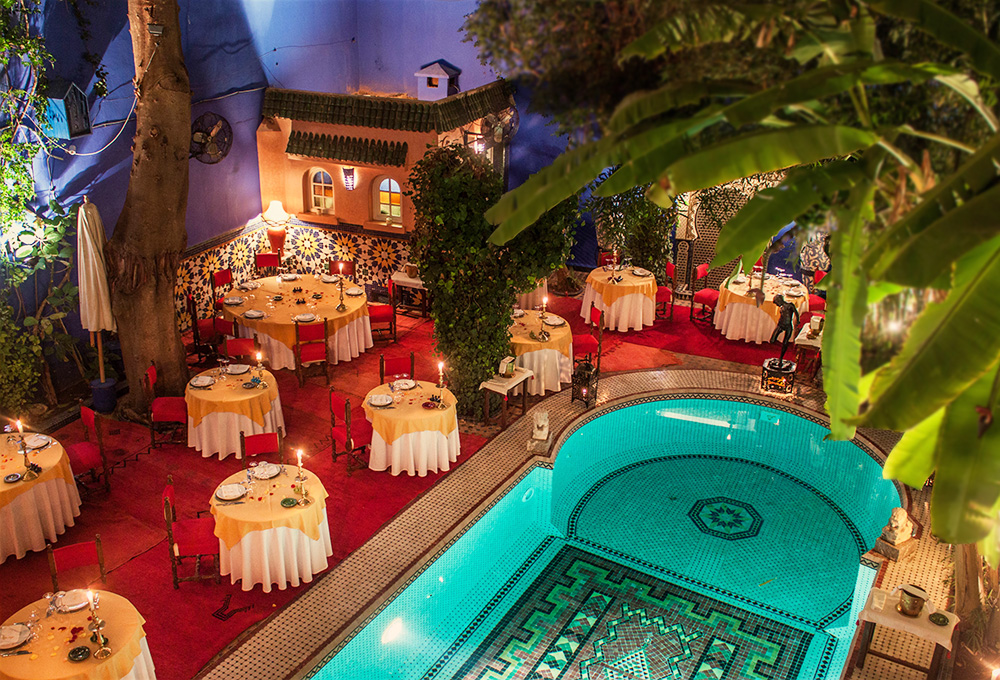
At first, I imagined the Riad like a guest house where I would be cooking as well, but I noticed customers came back especially for the food. Therefore, when I got the license, I went 100% for the restaurant.
At the beginning, I only knew how to cook international cuisine. I was much less familiar with Moroccan cuisine, except for my mother’s dishes, of course. And I said to myself “After all, this riad is Moroccan, so why not try Moroccan cuisine but make it fresh and modern?”
Moha Fedal: Moroccan cuisine is very complex, and so I invited many locals to come and share their secrets with me.
I was the first to bring changes to the traditional cuisine, like cooking in smaller portions so guests could taste several dishes, or think of dishes that combined Moroccan products with flavors that are both local and international, like our famous Couscous au foie gras.
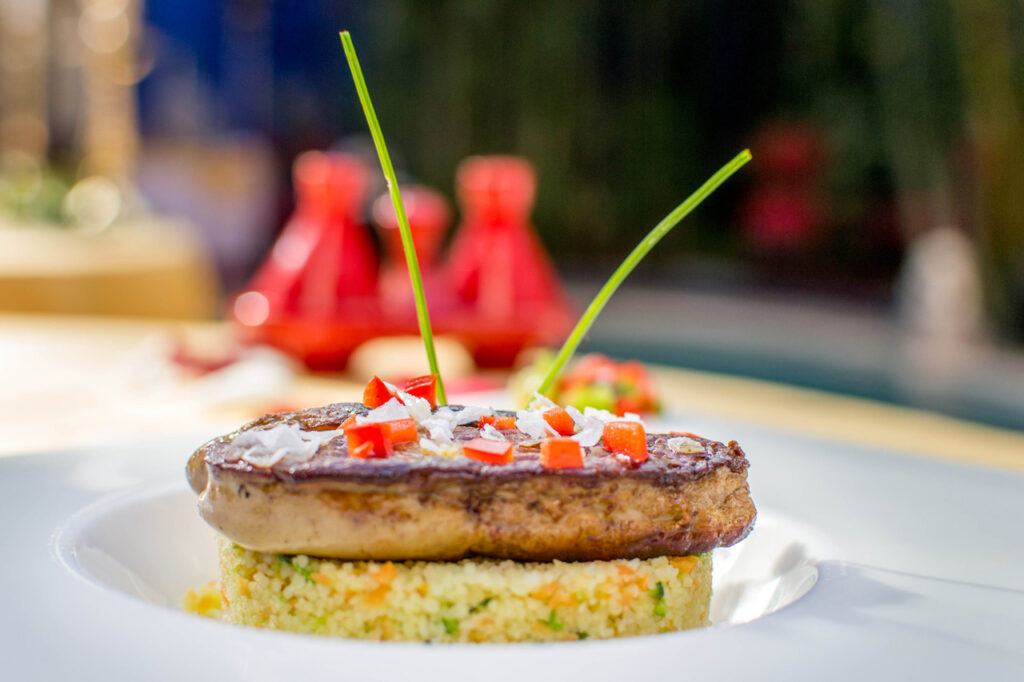
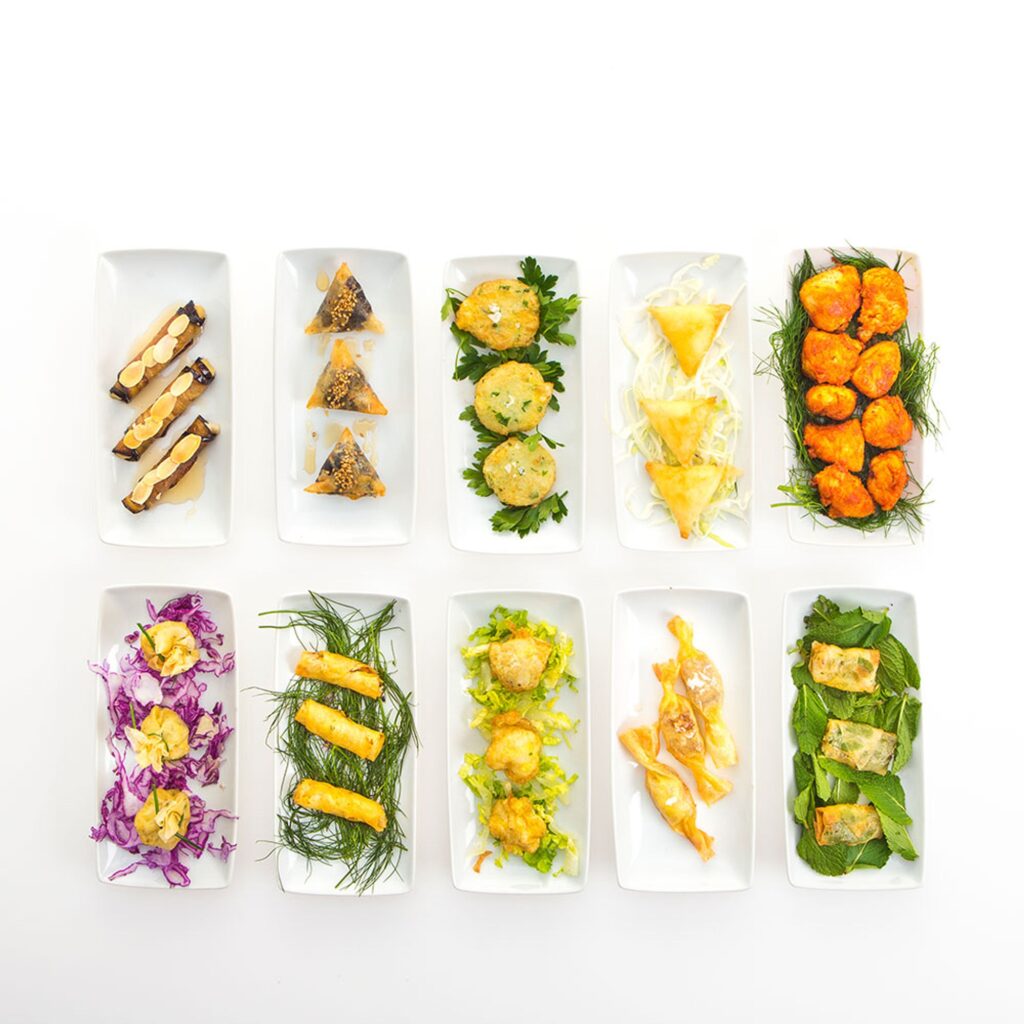
Moha Fedal: I don’t have a favorite dish; every new dish is exciting and full of possibilities. However, there are a few that come to mind like the aforementioned Couscous au foie gras, the Sweet eggplant with almond paste, pastilla with duck breast…
I also have a soft spot for my dishes that won awards. I won the first prize for my Tangia in 2018. In 2020, the Trid dish won me an award. Trid is a special dish that is usually prepared when a woman gives birth.
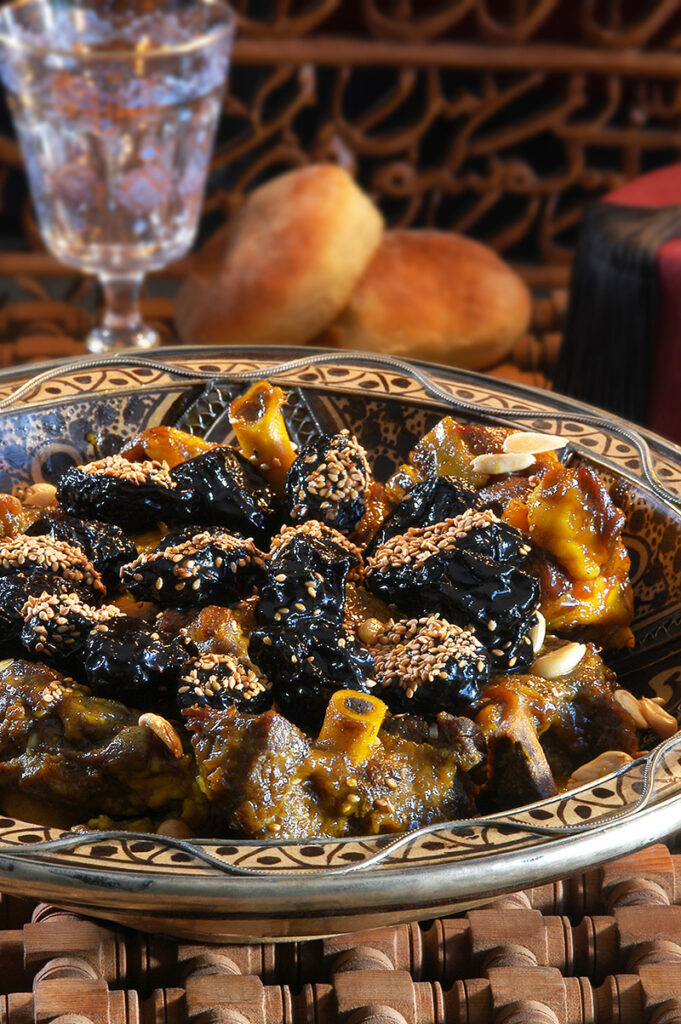
Moha Fedal: Indeed, I am fighting so that Morocco is represented on the international front, and to preserve the gastronomic heritage and identity of the country. I was chosen to try and have our couscous and cuisine be recognised by UNESCO.
Recently I made a commitment to have the Tangia be part of the UNESCO Intangible Cultural Heritage. Today, the Tangia is made in a pressure cooker whereas traditionally it was prepared and cooked in a clay jar… and we no longer make the jar. This practice is disappearing.
If we fight to have this dish and practice recognized, then maybe this ancient tradition doesn’t have to die. This will also help to save jobs, such as the craftsmen who prepare the Tangia or the potters who make the clay jars. If these artisanal professions are recognized by UNESCO, they will continue to exist.
Throughout his participation in numerous international platforms and events, chef Moha has helped bring the limelight upon the rich culinary history of Morocco. He has often been chosen as an ambassador of Morocco for various important events such as the SIAL (Salon International de L’alimentation) held in Abu Dhabi, the Universal Exhibition in Milan, where he was part of the Moroccan pavilion, and his skills were even called upon by the British embassy for the official visit of Prince Harry and Meghan in 2019. And in 2014, chef Moha would become a household name as a member of the Jury on the Moroccan edition of the popular MasterChef television program.
Moha Fedal: For a secret place, I would say the place where I was born and where I spent my childhood, the Agdal Gardens. My father was a city landscaper and that was the magical place where I grew up. It is truly a countryside-like place but in the medina; 500 hectares of garden space that are part of the Royal Palace. Otherwise, my favorite places would be La Mamounia which made me want to go into the hotel business in my youth, the Spice Souk of Mellah, place des Ferblantiers, where I buy and mould my spices but also buy some fruits and vegetables. And at last, I would say the Musée des Confluences, in the Dar El Bacha Palace. The building is magnificent and is right in front of the restaurant.
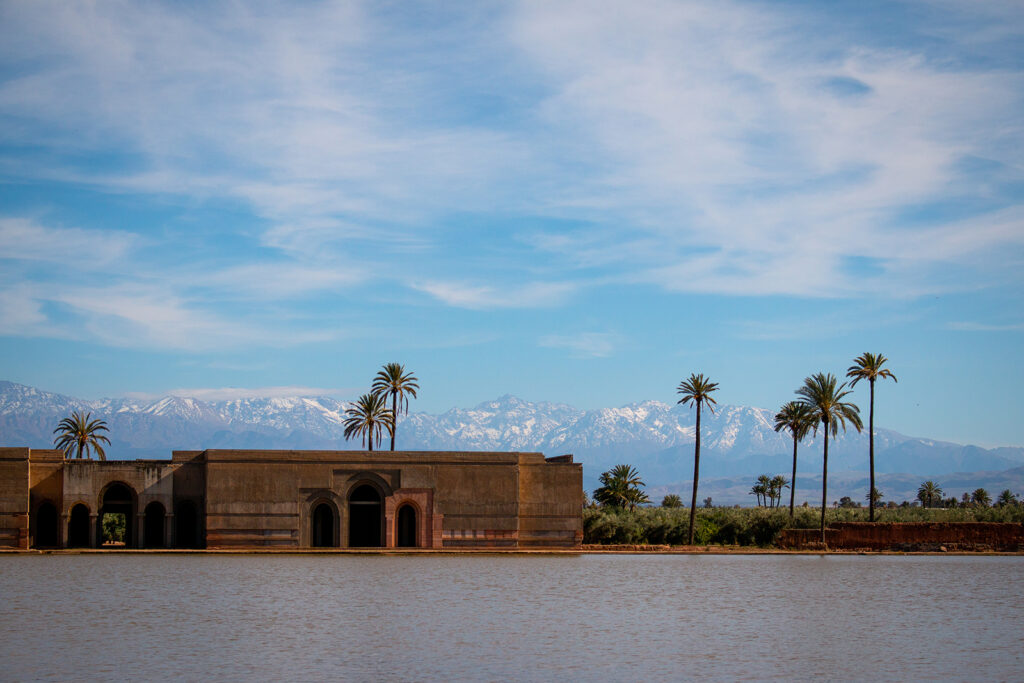
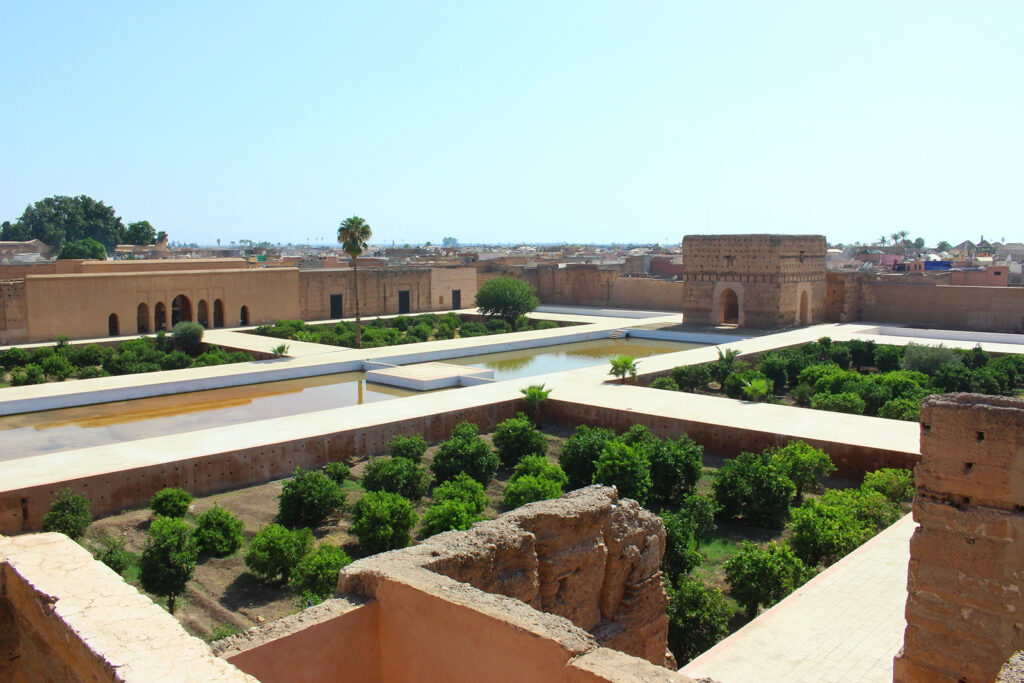
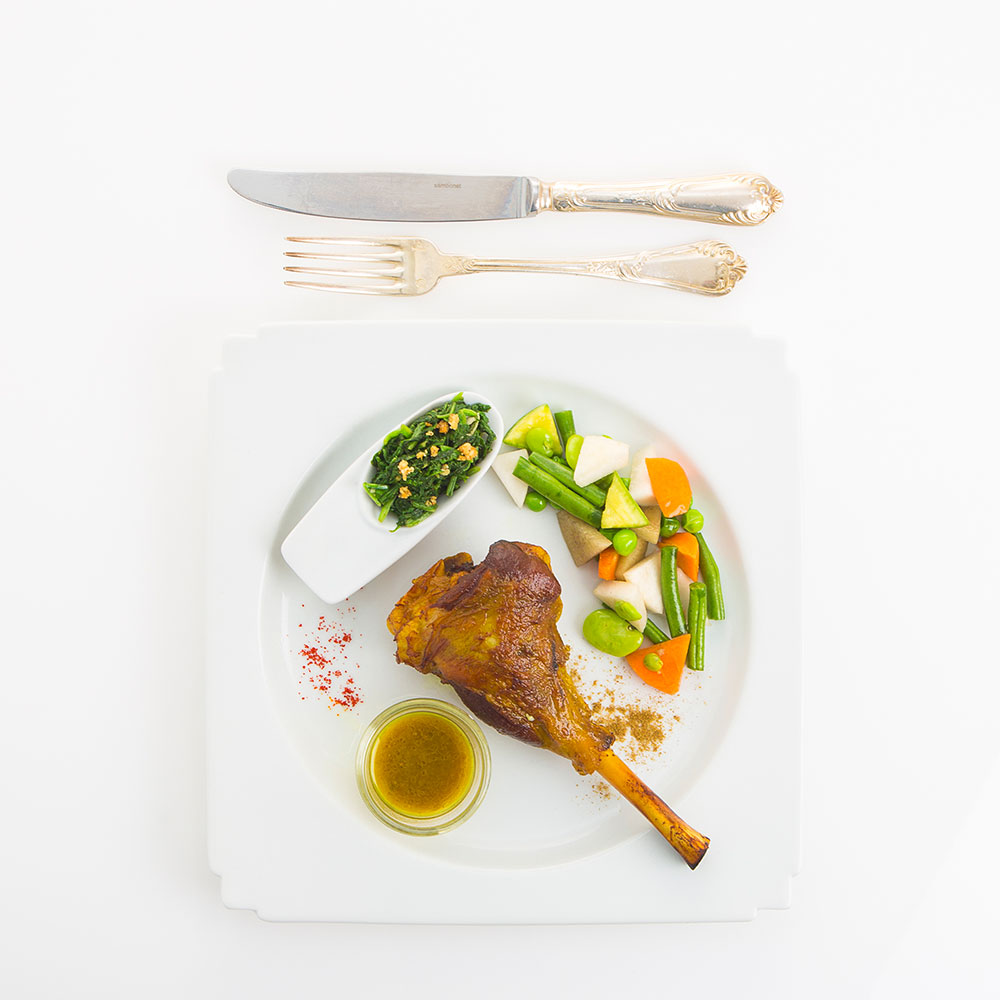
Starter: Chef’s selection of fried snacks and pastries
Main: Lamb shank tagine with seasonal vegetables
Dessert: Seasonal sorbets and ice-cream with Moroccan shortbread
For more exclusive interviews, stayed tuned to our magazine!